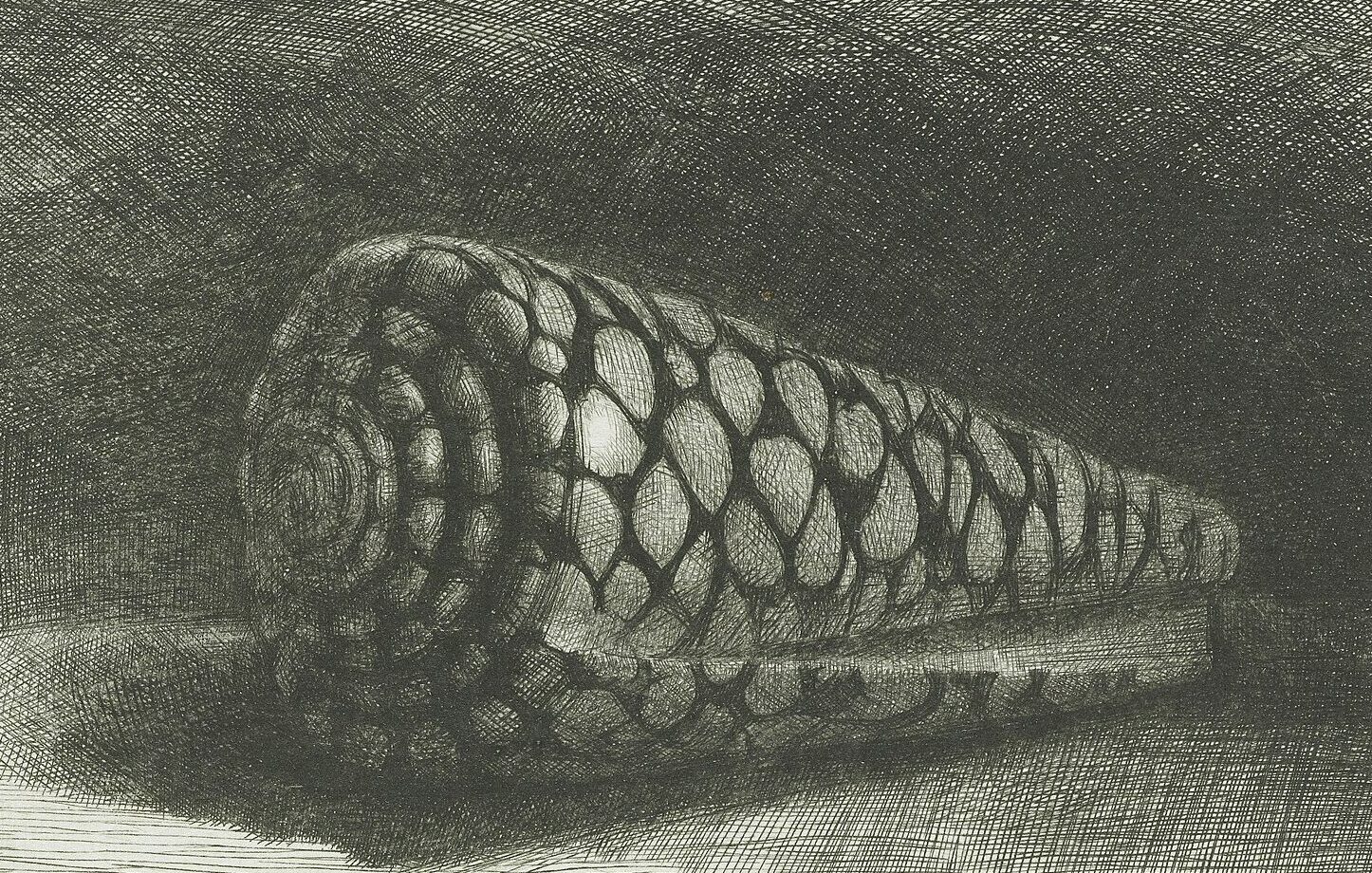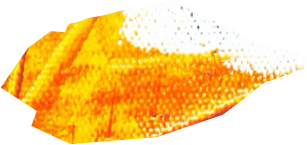Typically Dutch – that’s how many people see Rembrandt and his work. Unlike many artists of his era, Rembrandt never travelled abroad. But make no mistake. A lot of the world is reflected in his etchings, from lions, exotic shells and turbans, to mountainous landscapes and Italian buildings.
The Rembrandt & the world exhibition will take you on a journey past more than forty of Rembrandt’s etchings from the Rembrandt House Museum collection, etchings that always reveal something that is not typically Dutch. Discover where Rembrandt got his knowledge and inspiration, and how worldly-wise (or unworldly?) he really was.
|
|
Fantasy world
If Rembrandt had a motto, it would have undoubtedly been ‘work from life’. Show what you see: just as it is. Yet he often gave free rein to his imagination. Surprisingly enough, this was also the case with some of his self-portraits.
Stuff
Every 17th-century Amsterdammer knew that the world was bigger than their own neighbourhood. Sea trade was booming business. And through the port, things from all over the world came into the city, some bought, others plundered. Rembrandt enjoyed collecting these new, inspiring things. You regularly see these objects in his etchings.
People
In Amsterdam there was a great diversity of people to be seen on the streets: foreign visitors, international theatre companies, traders passing through and of course immigrants from different countries who had made the city their new home. Rembrandt was often inspired by them.
Clothes
Certain items of clothing and accessories can give a character a little more personality or flair. But Rembrandt could also make many things clear with clothing. What era a scene takes place in, how rich or poor people are, what country or continent they come from and sometimes what their religion is.
Landscapes
High peaks, deep valleys – you see both in Rembrandt’s etchings. But he will never have seen them himself. Mountainous landscapes do not exist in the Netherlands. And unlike many artists of his time, Rembrandt never travelled abroad. He would have had to use his imagination for such etchings.
Buildings
To make stories believable and convincing, the setting must be right. Biblical stories are set in the Middle East. That environment looks different from Rembrandt’s neighbourhood. Rembrandt had to use his imagination for this. Or copy from his more travel-loving fellow artists.
Animals
There are many exotic animals in Rembrandt’s etchings, lions, snakes and elephants. He was able to study some of these in real life, during the annual autumn fair in Amsterdam. For others he had to be creative, not always completely successfully.
In the first room, you can go to work yourself. You will find some exotic shells like Rembrandt has drawn, and drawing materials. And a few practical drawing instructions! Make a drawing of Rembrandt’s shell, or something else that reminds you of the big wide world.
Workshop
In Museum Rembrandthuis you can make your own etching during the summer holidays! In this workshop, give your own twist to an etching from the exhibition Rembrandt & the world. The museum teacher will teach you how you can easily recreate Rembrandt’s etchings with, for example, shells, lions, or his own self-portrait with turban and sword. Experiment with Rembrandt’s drypoint technique and print two prints on the large etching press. You can take these home afterwards. Book your tickets here


